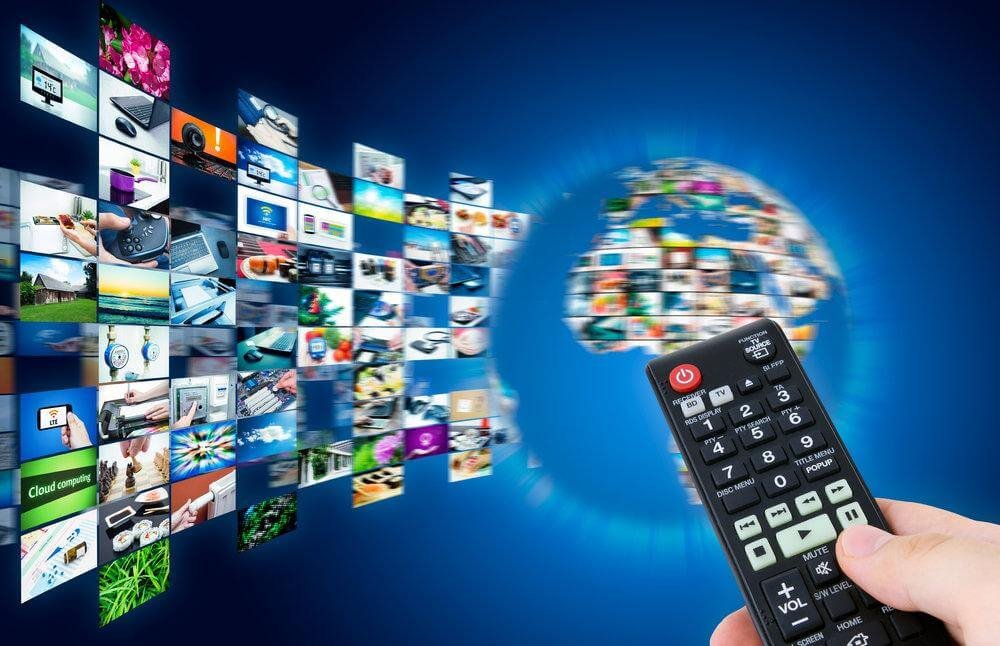How are broadcast TV and cable TV different?

Most of us vividly remember how fondly our parents used to watch TV. But with the arrival of the internet, we weren’t able to get addicted to watching TV as such. At present, we often see youngsters using the internet as a source of entertainment. Nevertheless, the people who have been watching TV for over 20 years or more still prefer it over the internet. Nevertheless, TV service providers have been able to amend themselves to cope up with the modern-day challenges. They are now catering to every age group. The prime example is Spectrum. All Spectrum cable packages come with exciting features such as on-demand, pay-per-view, and the ability to watch TV on your smart devices making it ideal for an average American household.
The services are still easy on the pocket, with comprehensive packages to choose from.
We often hear the use of the terms “Broadcast, Cable, and Local TV” interchangeable and/or in the same conversations. Let’s have a look at them!
Is Cable Different From Broadcast?
Several companies display commercial ads on Television. If you are thinking of showing your company’s ads on a TV, you have to decide whether to go for cable, broadband, or local TV channels. These differ from each other in terms of their pricing and some additional benefits. Check out the further details to understand which one is the best fit for you:
Broadcast TV: Broadcast TV is the most popular version of Television in the world, especially in the US. It is the cheapest Television medium that serves its viewers, free of cost. It uses a Broadcast Transmitter, and a TV within its range catches these signals and runs the TV channels. T
These broadcast TV channels are known as “Commercial Channels.” These channels generate a reasonable profit by displaying commercial ads of different companies. Meanwhile, “PBS,” a non-commercial broadcast channel, doesn’t display Ads. But it generates revenue through donations.
Broadcast TV Channels are perhaps the most preferred ones as compared to Cable or Local TV. Most of the Americans prefer Broadcast TV version because of its catchy advertising potential.
Cable TV: The concept of Cable TV emerged in the 1950s. And it has been a dominant source of entertainment for 70 percent of Americans even after 70 years!
Cable TV is a source of entertainment rather than a medium for playing advertising ads. It focuses on comedy, action, and cartoons, and almost everything else. You can watch channels on a Cable TV. You must know that unlike Broadcast TV, it is not free, and the user has to buy a subscription plan to watch the TV channels on a Cable TV.
Cable TV tends to meet the requirements of everyone. You can buy a subscription for watching your TV Channels. Cable TV has some policies that a viewer must accept. The Federal Communications Commission (FCC) has passed these policies to promote the interest of both sides. Moreover, Cable TV also tends to display commercial Ads like Broadcast TV.
Local TV: The local Television system keeps you up to date with all the happenings in your surroundings from weather to elections—everything in your city on one screen, for example, a local TV version here in Los Angeles keeps us up-to-date about the local weather and climate conditions. Local TV gets the most important in the season of elections, or when an incident happens. According to research in America, most of the public is diverting their attention towards Local TV. It gives you frequent updates about the happening in the local area. After 1960, the FCC took action and allotted spaces for local TV channels. In this way, FCC prevented the Local TV from imposing extra charges on its viewers.
Final Thoughts
In the aforementioned discussion, we have quickly walked you through broadcast TV, cable TV, and local TV from a marketer’s point of you who wants to advertise. This gives us the best idea of its viewership and content. Marketers will invest in something that is seen by the masses. The method of each TV service differs from another and so is the content. However, it largely depends on what is serviceable because cable TV is not available in countryside or rural areas because of lesser demand and not having a proper infrastructure that supports the system. Satellite, however, is available everywhere regardless of the location and that has broadcast TV for all. While local TV is regional that covers city or state news.






